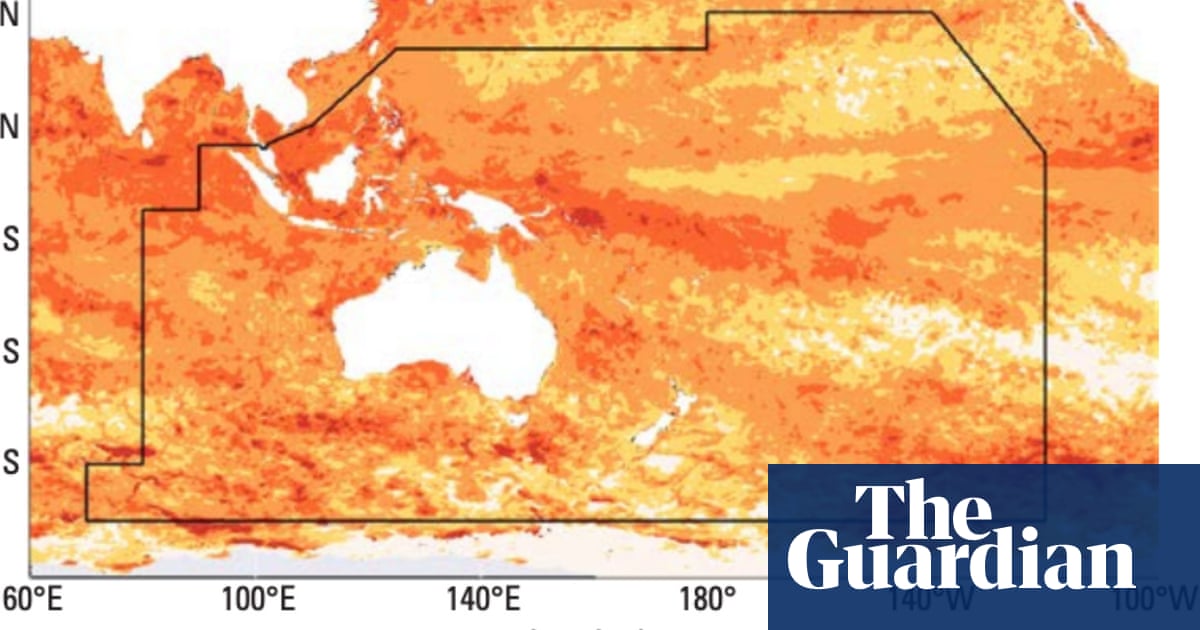Almost 40 million sq kilometres of ocean around south-east Asia and the Pacific – an area five times the size of Australia – was engulfed in a marine heatwave in 2024, a World Meteorological Organization (WMO) report has revealed.
WMO scientists said the record heat – on land and in the ocean – was mostly driven by the climate crisis and coincided with a string of extreme weather events, from deadly landslides in the Philippines to floods in Australia and rapid glacier loss in Indonesia.
The region was 0.48C hotter than the average recorded between 1991 and 2020, the WMO’s State of the Climate report stated.
Satellite measurements showed sea levels were rising almost 4mm per year – “significantly higher” than the global average of 3.5mm, the report said.
The WMO secretary general, Prof Celeste Saulo, said ocean heat and acidification had combined to “inflict long-lasting damage” to marine ecosystems and economies.
“Sea-level rise is an existential threat to entire island nations. It is increasingly evident that we are fast running out of time to turn the tide,” Saulo said.
The report said extreme events that coincided with 2024’s heat included:
Extreme rainfall in the Philippines in January and February causingflooding and landslides, killing at least 93 people.
Early-season heatwave in Australia resulting inrecord August temperaturesacross the country’s centre.
Major flooding in Singapore and Malaysia, displacing 137,000 people and killing six.
Flash flooding in March on the Indonesian island of Sumatra and major flooding in north Australia at the start of 2024.
Rapid glacier loss in the west of New Guinea island, Indonesia, where the report said total ice loss could occur by 2026 or soon after.
The Philippines struck by 12 tropical cyclones – double the average – with damage estimated at US$430m.
Australia’ssnow season ended “abnormally early”.
Ben Churchill, the WMO director for the region, said: “This is a message for stronger climate action. This report shows we’re seeing things we have never seen before.”
The report found that in January, April, May and June last year, almost 40 million sq kilometres of the region’s ocean surface experienced moderate to strong heatwaves.
The ocean heat also drove the fifth mass coral bleaching across Australia’s Great Barrier Reef since 2016,causing widespread coral death.
Assoc Prof Alex Sen Gupta, a climate scientist at the University of New South Wales, said the heatwave was “pretty remarkable” and was part of a record-breaking jump in ocean temperatures globally that started in 2023.
“We’ve really never seen anything like it and we’re struggling to explain why we saw such a big jump,” Sen Gupta said.
The heatwave will have stressed many organisms in the ocean that have temperature thresholds, he said. “If you go beyond them, the organism starts to fail – they either move or die.”
